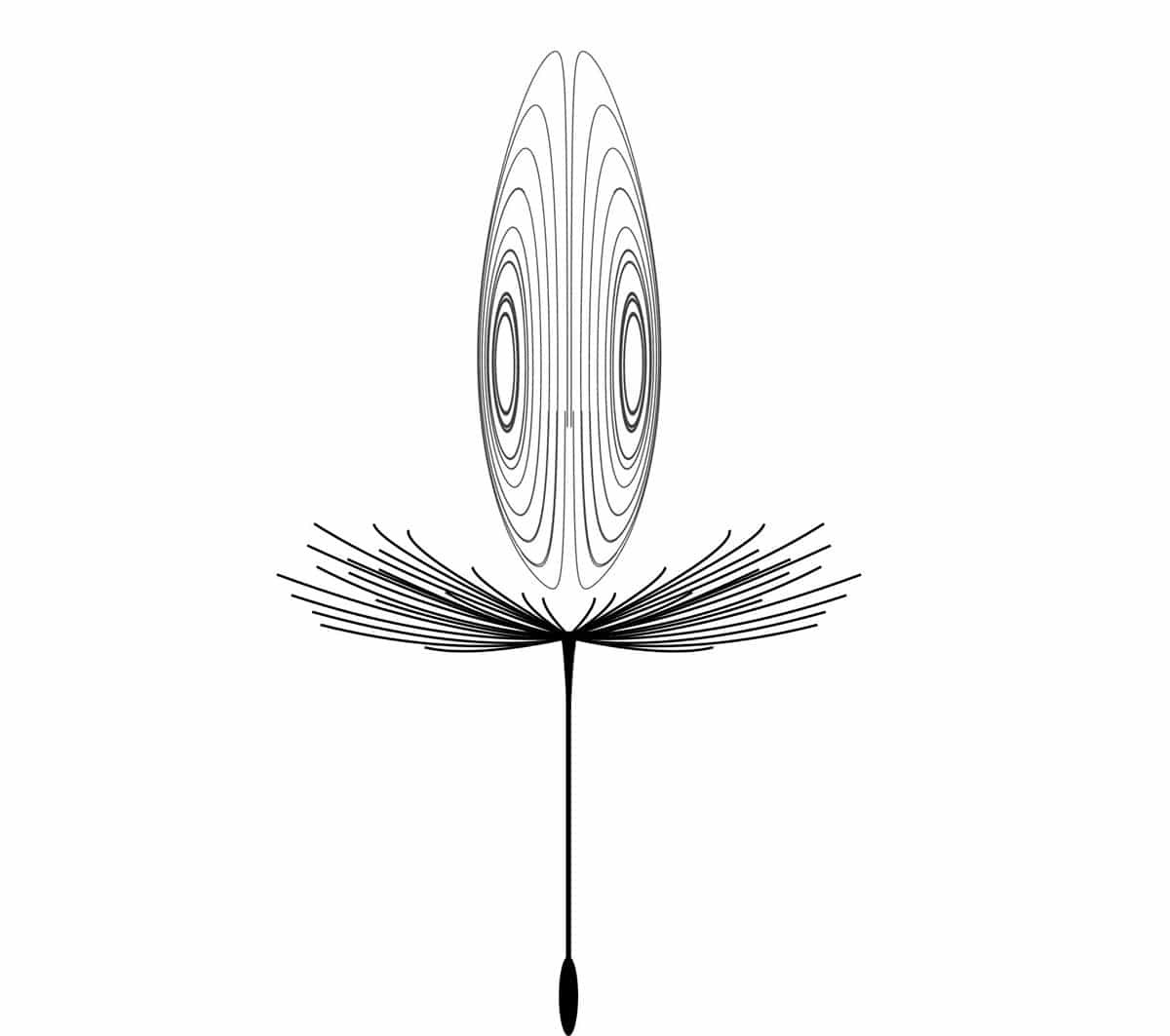Dandelion seeds can travel for miles before setting down, making them particularly efficient fliers. In 2018, scientists at the University of Edinburgh took a gander at dandelion seeds and observed how they could disperse over large distances.
They found that as the seeds float through the air, a stable, detached ring of circulating fluid – called a vortex ring – forms underneath the seeds’ pappus (the disk-shaped collection of white bristles that acts like a parachute), and keeps the seeds aloft.
Now EPFL scientists, in collaboration with colleagues at the University of Pisa and the University of Twente, took this exploration one step further.
They primarily devised a mathematical model that can simulate the flow dynamics around the pappus as it moves through the air, thus imitating the vortex ring. By examining how well the seeds can withstand minor air turbulence– and found that the number of bristles assumes a significant job.

Giuseppe Ledda, a Ph.D. student at LFMI and lead author of the study, said, “It’s a critical factor in in-flight stability. Our model calculated that the maximum number of bristles for stable flight is around 100, and surprisingly, that’s approximately how many bristles the seeds naturally contain.”
François Gallaire, an LFMI professor and a co-author of the study, said: “Two things need to happen for an object to be able to travel long distances through the air. First, its trajectory needs to be as steady as possible. And second, its drag – that is, the force that the air exerts on the object in the opposite direction of its motion – has to be large enough. For a pappus carrying a dandelion seed, even a slight upwards breeze can create enough drag to overcome the seed’s weight and allow it to fly.”
Ledda said, “Having around 100 bristles optimizes these two factors. Any more and the vortex ring would be too big, which would create more drag but also generate an unstable flight. Any less and the vortex ring would be too small, which would provide good stability but not enough drag.”
Simone Camarri, a professor at the University of Pisa’s Department of Civil and Industrial Engineering and another co-author of the study, said, “This process of modeling the mechanisms that occur in nature forms the basis of a field known as biomimetics. Our research could be extended to analyze how playing with an object’s porosity affects its propulsion and the stability of its trajectory. That could have applications in several high-tech areas.”
“These findings could be used with objects designed to work like a parachute, especially those of a similar size and weight as dandelion seeds.”
The study is published in the journal Physical Review Letters.
